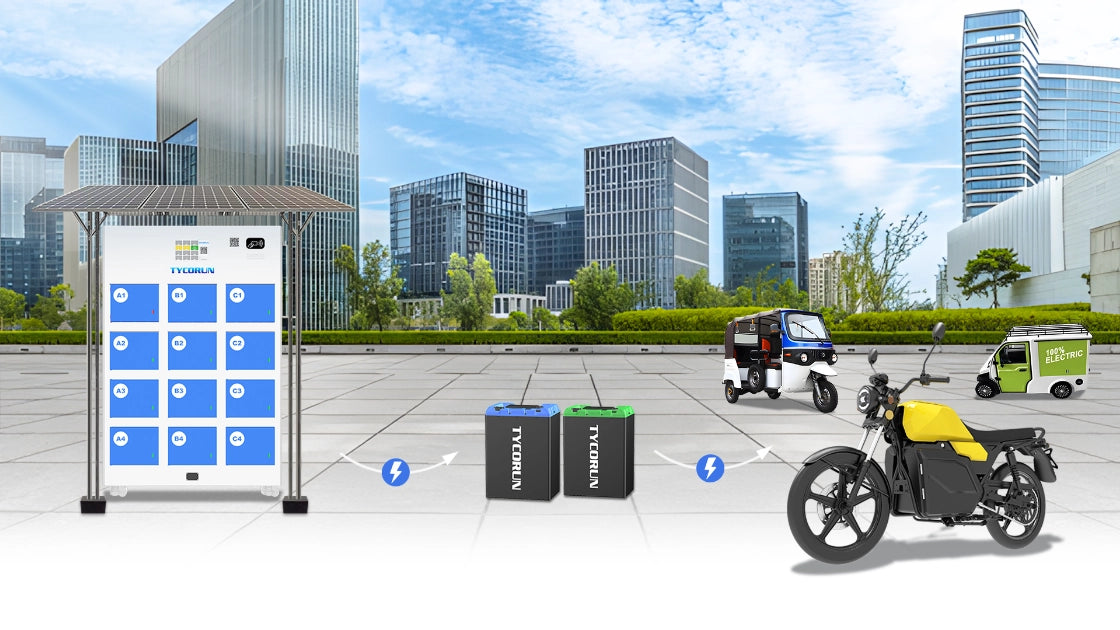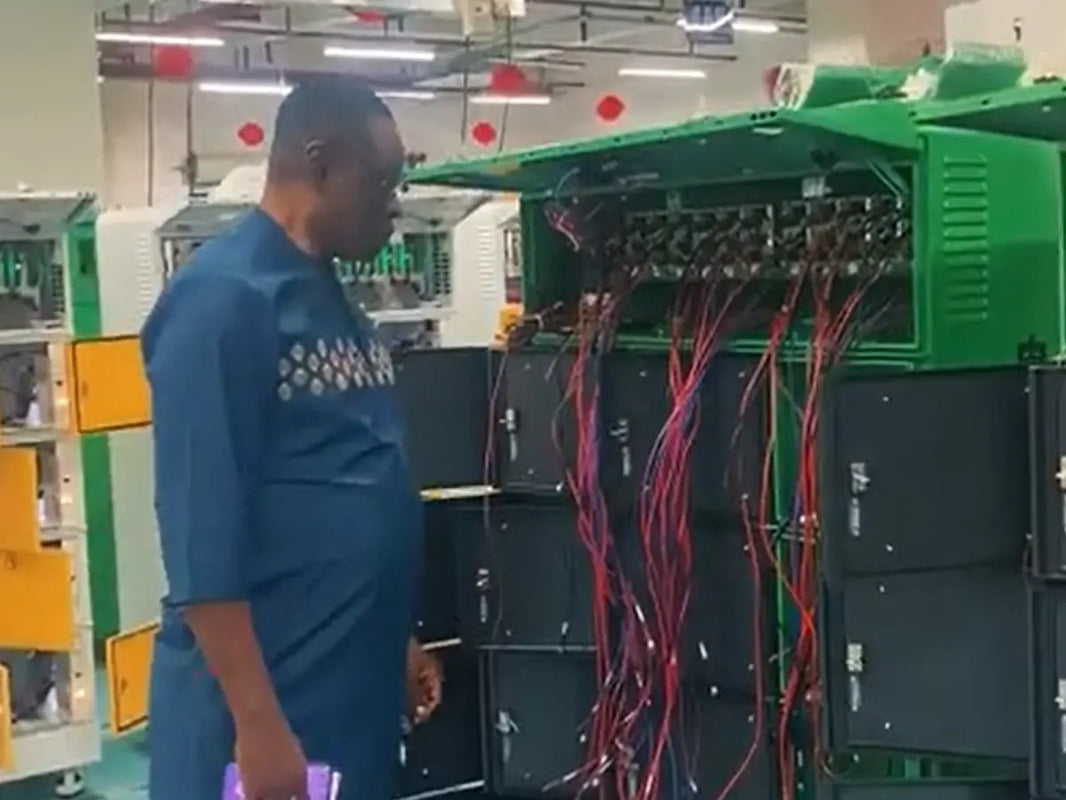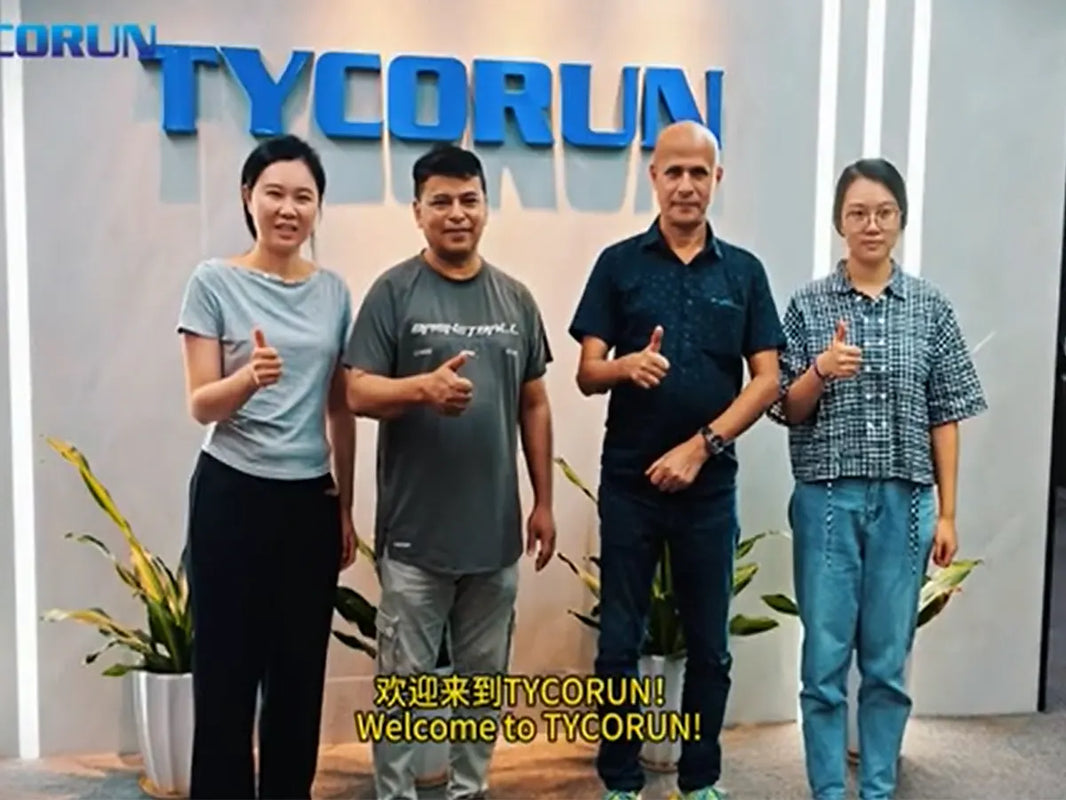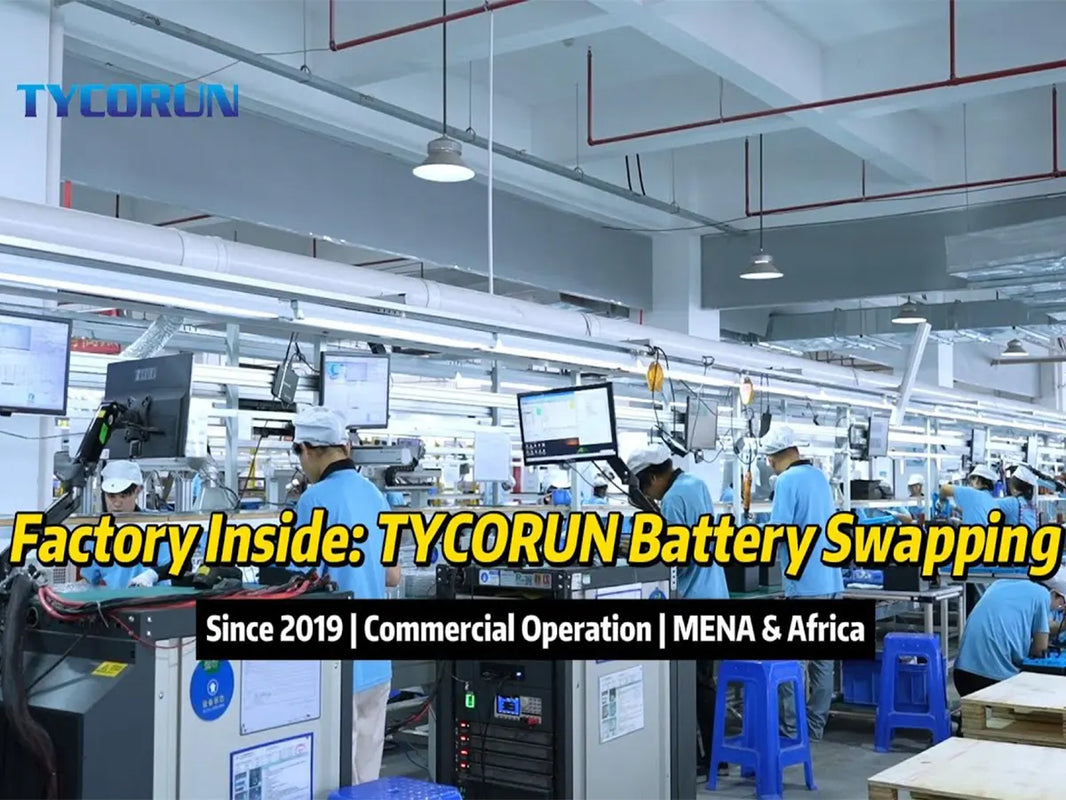
Main content:
- 1.What is a lithium ion battery pack? What does a lithium-ion battery pack do?
- 2.How do you make a lithium-ion battery pack?
- ① Single-cell configuration
- ② Series configuration
- ③ Parallel configuration
- ④ Series and parallel configuration (mixed connection)
- ⑤ PCM
- ⑥ BMS (Battery Management System)
- ⑦ TMS (Temperature Management system)
- ⑧ Important factors to consider while building a lithium-ion battery pack
- 3.Can the lithium ion battery pack be rebuilt?
- 4.How does a lithium ion battery pack work?
- 5.How long do lithium ion battery packs last?
- 6.What is the parameters of lithium ion battery pack?
- ① Nominal voltage
- ② Finished product specification
- ③ Columbic efficiency
- ④ Reference temperature
- ⑤ Capacity at C 10
- ⑥ Internal resistance
- 7.What are the different types of lithium-ion battery packs?
- ① Lithium iron phosphate battery pack
- ② Lithium cobalt oxide battery pack
- ③ Lithium manganese oxide battery pack
- ④ Lithium nickel manganese cobalt oxide battery pack
- ⑤ Lithium nickel cobalt aluminum oxide battery pack
- ⑥ Lithium titanate battery pack
- 8.How much is a lithium ion battery pack?
In the modern world, the new energy market is expanding gradually. As a result, the interest in lithium-ion batteries is also increasing day by day, the most common of which is 3.7V lithium ion battery. But sometimes we get confused between different terminologies such as battery cell and battery pack. “Battery” is the most common word we use today, but “Battery Pack “ and “Battery Cell” are two different concepts of battery. In this article, we will have a look at the lithium ion battery pack and its various aspects.
1.What is a lithium ion battery pack? What does a lithium-ion battery pack do?
A lithium ion battery pack is a single physical module made up of a collection of cells that provide higher voltage and capacity, it is a set of several individual battery cells to deliver the desired voltage and capacity. It’s composed of Individual battery cells, PCM,BMS( Battery Management System) and TMS( Thermal Management System). Compared with traditional batteries, lithium-ion batteries have superior performance. The cells are installed within the equipment in the form of a pack just to manage the dozens of battery cells safely and efficiently.

As an energy storage battery, lithium ion battery pack has significant characteristics such as high reliability, long cycle life and durability, and has been widely used as backup energy storage power supply for communication power supply, power DC power supply, UPS power supply, EPS power supply and so on. The application range of energy storage lithium battery pack is very broad: small computer room, weak current room and other room sub-system, new energy outdoor site, communication base station, indoor and outdoor without air conditioning site, radio and television, military, oil and meteorological unmanned sites can be applied.
2.How do you make a lithium ion battery pack?
The lithium ion battery pack is a combination of series and parallel combinations of the cell.When the lithium-ion batteries are connected in series, the voltage and internal resistance increase with the increase of the number of series cells, and the capacity remains unchanged. While they are connected in parallel, the internal resistance and capacity decrease with the increase of the number of parallel cells, and the voltage does not change.
① Single-cell configuration
This is the simplest configuration of a battery pack. It’s mostly used in smartphones where a single cell lithium-ion battery is required.
② Series configuration
As some devices require high voltage so to increase the voltage of the battery the cells are connected in a series.
③ Parallel configuration
If larger cells are not available and high current capacity is required then the cells are configured in a parallel configuration.
④ Series and parallel configuration (mixed connection)
You can design the lithium ion battery pack in series and parallel configurations if more voltage and higher capacity are required. There are different cells of different capacities so the first step is to choose a cell as per your requirement. Let’s suppose you want to build a lithium-ion battery pack for an recreational vehicle. So for building a RV battery pack you will do parallel and series connections of the RV batteries. So first step is to do a parallel connection to increase the current capacity of the cell. Always remember you need to connect the battery's positive terminal with the positive one, and the negative terminal with the negative one by using a nickel strip with the help of a spot welder.

Some theoretical calculations are done to find out the number of cells needed in a parallel connection for the required current capacity. The next step is to do the series configuration of the cell. In this step, you again need to do a theoretical calculation to find out the number of cells needed for your required voltage capacity. Always remember you need to connect the battery's positive terminal with the negative one by using a nickel strip with the help of a spot welder. Let’s suppose after doing theoretical calculation you found that 13 cells are required in the series connection and 6 cells in the parallel connection you will represent it as 13S6P.
⑤ PCM
The battery power management system (PCM) is also known as the protection board system. The safety of lithium batteries requires us to achieve reliable safety protection when using it. Simply put, it is to protect the cells to prevent accidents. The protection board is the first protection for lithium batteries, and its specific functions can be simplified as overcharge protection (OVP), overdischarge protection (UVP), overcurrent protection (OCP), short circuit protection (SCP) and overtemperature protection (OTP).
⑥ BMS (Battery Management System)
The next step is to connect BMS in the configured battery. BMS is a circuit used for the safety of the battery. It performs various functions. Prevents the battery from over charging and discharging Balances the voltage of the battery Protects short circuit.
⑦ TMS (Temperature Management system)
The final step is to insert a temperature management system within your lithium ion battery pack.
⑧ Important factors to consider while building a lithium-ion battery pack
Gross weight must be calculated Dimensions of the lithium ion battery pack In the assembly process of lithium ion battery, the following points should be paid attention to: the capacity, internal resistance, voltage and other parameters of each lithium ion battery should be matched.
At the same time, take out the battery with inconsistent self-discharge; Reasonable design of protection plate shape, charge and discharge protection voltage value and overcurrent protection value; Consider the direction of battery nickel strip and lead to prevent short circuit and short circuit hazards; After the assembly of lithium ion battery is completed, the performance of the battery should be simulated according to the actual situation, and the basic performance of the battery should be tested.
3.Can the lithium ion battery pack be rebuilt?
Yes, a lithium ion battery pack can be rebuilt again after it becomes dead due to overheating, over discharging, or some other reason. You can rebuild a lithium-ion battery pack by replacing one or all battery cells with new ones. But while rebuilding extra care is needed, to be taken.
4.How does a lithium-ion battery pack work?

A lithium-ion battery pack works by protecting the battery from external shock such as heat. It also controls power flow to and from the cells and maintains the power level within the designed casing of the battery.
5.How long do lithium ion battery packs last?
Depending upon, size, chemistry, and structure a lithium ion battery pack can last between 1500-4000 cycles of charging and discharging. Their life span depends upon the type of application they are used in.

6.What is the parameters of lithium ion battery pack?
The important parameters to be tested for lithium-ion battery pack include Nominal voltage Finished product specification Columbic efficiency Reference temperature Capacity at C10 Internal resistance.
① Nominal voltage
A typical lithium-ion battery has a nominal voltage of 3.7-volt per cell. You can have a series of Li-ion battery cells forming a battery pack. The pack in series can have voltages in 3.7V steps - for example, and a 3-cell Li-ion battery will have a nominal voltage of 11.1V, a 10-cell battery will similarly have a nominal voltage of 37V, etc.
② Finished product specification
In series and parallel configuration the configuration of lithium-ion battery pack is mentioned as XSYP.
③ Columbic efficiency
It’s usually used to show released battery capacity. It is the ratio of charge capacity after full charge and the charging capacity of the same cycle. The columbic efficiency of lithium ion battery pack is usually better than 99 percent.

④ Reference temperature
The model uses reference temperature to set several corrections. For example, capacity corrections are done using reference temperature.
⑤ Capacity at C 10
Capacity at C 10 is the capacity of the lithium ion battery pack when the battery is discharged in ten hours.
⑥ Internal resistance
The resistance at the reference temperature is termed internal resistance. The check box gives a reasonable internal resistance value which is calculated according to the specified capacity at C10 when this value is not available.
7.What are the different types of lithium-ion battery packs?
Based on their unique active materials lithium ion battery pack are of six types.
① Lithium iron phosphate battery pack
In a lithium iron phosphate battery pack, the cathode is made up of phosphate and anode of graphite carbon electrode. It’s thermally stable and have a long life with nice electrochemical performance. Its advantages include safety, durability, and a long life span. Its disadvantage is that it has low specific energy as compared to other, lithium battery packs and its performance also suffer in cold temperatures.
② Lithium cobalt oxide battery pack
In lithium, cobalt oxide battery pack cathode is made up of lithium cobalt oxide. It’s generally used in portable electronics such as smartphones and cameras. Its benefit is that it has high specific energy. The disadvantage is that it is expensive with a short life span.
③ Lithium manganese oxide battery pack
This lithium battery pack uses lithium manages oxide as a cathode electrode. It’s used in portable electronic devices and EV vehicles. Its benefit is that it has high specific energy and charge in less time. Its main drawback is its short life span.
④ Lithium nickel manganese cobalt oxide battery pack
In lithium nickel manages cobalt oxide battery pack cathode is made up of three elements. Nickle, manganese, and cobalt. Manganese is stable having low specific energy. Nickel has high specific energy but is unstable. Their combination provides stable chemistry and high energy. This battery pack is used in electronic devices and electric vehicles. Its benefit is that it has low cost and high specific energy. Is also has a long life span. Its disadvantage is that it has a low voltage value as compared to some other lithium battery packs.
⑤ Lithium nickel cobalt aluminum oxide battery pack
Lithium nickel cobalt aluminum oxide is used as a cathode material in this type of lithium battery pack. It is used in the EV market. Is has high specific energy. Its drawback is that it is expensive and not safe as compared to other lithium battery packs.
⑥ Lithium titanate battery pack
In this lithium battery pack, the anode is made up of, lithium titanate, and the cathode is made of LMO or NMC. It is used in a wide range of applications. It has a long life span, high specific energy, good safety, and stability. Its drawback is that it is expensive and have low energy density.
8.How much is a lithium-ion battery pack?
As the areas of battery application and the need for affordable energy solutions continue to surge, the cost of the new king of battery technology --lithium-ion is also coming down. The cost of a lithium-ion battery pack dropped to 137 US dollars per kilowatt-hour in the year 2020 and it is expected that it will drop further due to high scale production and capital investment into the production of battery.















